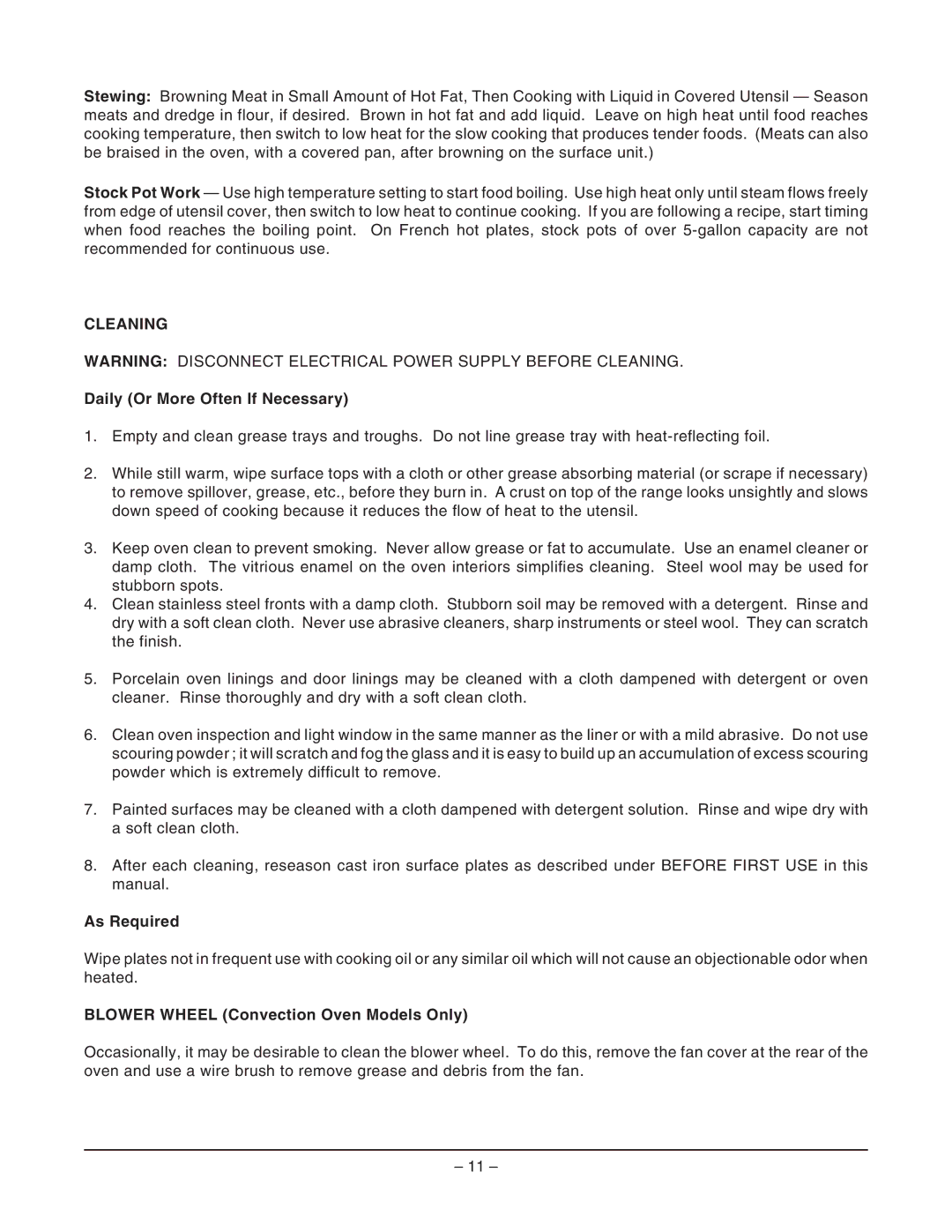HCR50, HCR51, HCR40, HCR42, HCR48 specifications
The Hobart ML-43810, ML-43809, ML-43808, ML-43807, and ML-43805 models are a series of high-performance commercial food processors designed to streamline food preparation in busy kitchens. Each model in this line-up boasts unique features tailored for efficiency, durability, and ease of use, making them essential equipment for restaurants, catering services, and institutional kitchens.Starting with the Hobart ML-43810, this processor is equipped with a powerful motor that delivers robust performance for even the most demanding tasks. Its larger capacity bowl allows for processing large volumes of ingredients in one go. The ML-43810 features multiple speed settings, providing versatility for different food types, from chopping vegetables to kneading dough. The built-in safety mechanisms ensure secure operation, while the easy-to-clean design facilitates quick maintenance.
Next is the Hobart ML-43809, which shares many similarities with the ML-43810 but is optimized for smaller operations. It retains the same reliability features while offering a slightly reduced bowl capacity. This model is ideal for restaurants that require powerful processing without the high bulk, making it a great choice for quicker turnarounds in food prep.
The ML-43808 is another excellent addition to the series, designed for versatility with multiple attachment options. This model excels at not only processing but also slicing, dicing, and shredding. Its multifunctionality allows chefs to switch attachments quickly, adapting to a variety of tasks throughout the day. The ML-43808 is known for its ease of use, enabling even novice staff to operate the machine effectively.
In the lineup, the ML-43807 stands out with its compact design without sacrificing performance. This machine is particularly suited for kitchens with limited counter space. It retains the essential features of its larger counterparts but is lightweight and easy to transport, making it easy to store when not in use.
Lastly, the ML-43805 is the most compact yet still powerful machine in the series. Perfect for small venues or kitchens just starting, it offers all the basic functions needed for food preparation without overwhelming complexity. Its affordable price point makes it an attractive option for businesses seeking cost-effective solutions without compromising quality.
All models in the Hobart ML series are built with high-quality materials, ensuring longevity and reliability in fast-paced culinary environments. Their intuitive controls and ergonomic designs prioritize user-friendliness, allowing staff to maximize productivity while minimizing fatigue. Whether you choose the high-capacity ML-43810 or the compact ML-43805, you can expect outstanding performance tailored to your kitchen’s needs.
